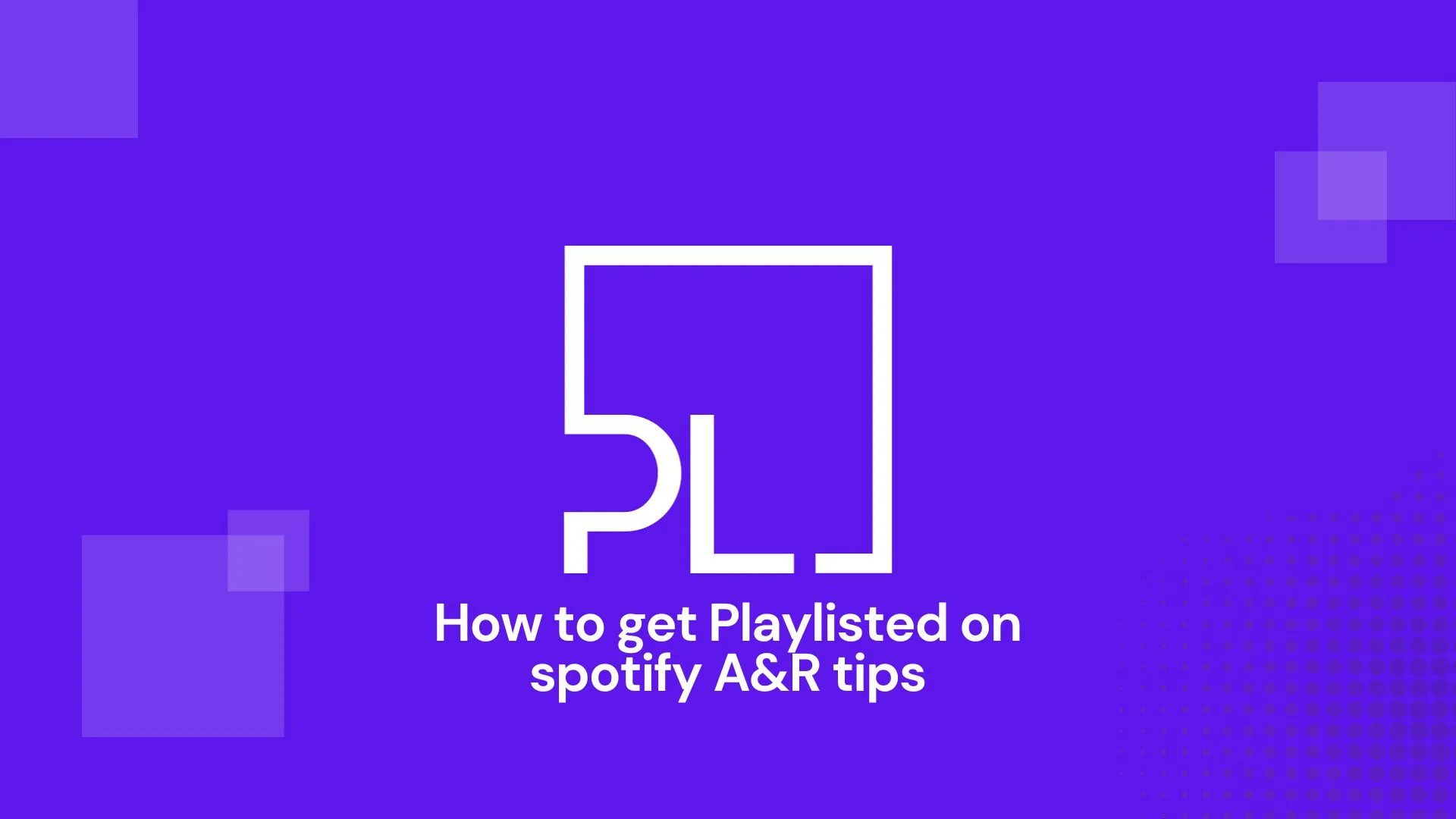
Introduction
Spotify has become a leading platform for musicians and artists to reach a global audience. Getting your music playlisted on Spotify can greatly increase your visibility and help you gain new fans. However, with millions of songs being uploaded to the platform daily, how does Spotify decide which songs to promote? This is where the Spotify algorithm comes into play.
What is the Spotify Algorithm?
The Spotify algorithm refers to the complex set of rules and calculations that determine which songs appear on users’ personalized playlists such as Discover Weekly and Release Radar. It analyzes various data points to understand users’ listening preferences and recommends songs accordingly. The algorithm aims to provide a customized listening experience for each individual user, making it easier for artists to connect with their target audience.
How Does the Spotify Algorithm Work?
The Spotify algorithm takes into account several factors to curate personalized playlists:
User Listening Habits
One of the primary inputs for the algorithm is users’ listening habits. It considers factors such as the genres they frequently listen to, the artists they follow, the songs they like, skip, and save, as well as their overall listening history. By understanding individual preferences, Spotify can create playlists that align with users’ musical tastes.
Popularity and Engagement Metrics
The algorithm also takes into account the popularity and engagement metrics of a song. Factors such as the total number of streams, number of saves, and skip rates play a role in determining a song’s placement in personalized playlists. Songs that have higher engagement and are gaining popularity are more likely to be recommended to a wider audience.
Release Date and Momentum
Spotify’s algorithm factors in the release date of a song and the subsequent momentum it generates. By promoting recently released songs, Spotify aims to help artists gain traction and exposure during their initial launch. The momentum generated by a song, including the rate of streams and engagement, can also influence its placement in personalized playlists.
Listener Demographics and Location
The algorithm considers listener demographics and location to provide region-specific recommendations. Based on the geographical location of listeners and the popularity of certain genres and artists in those regions, Spotify tailors its recommendations to cater to the tastes and preferences of specific audiences.
Collaborative Filtering and Machine Learning
Spotify’s algorithm employs collaborative filtering and machine learning techniques to analyze user behavior and music preferences. By comparing the listening habits of similar users and identifying patterns, the algorithm can generate recommendations that align with users’ tastes. Machine learning helps refine the algorithm over time, making it more accurate and personalized.
Tips to Optimize for the Spotify Algorithm
Understanding how the Spotify algorithm works can help you optimize your chances of getting playlisted. Consider the following tips:
- Focus on creating high-quality music that resonates with your target audience.
- Encourage your fans to save, like, and share your songs on Spotify to increase engagement metrics.
- Release new music consistently to build momentum and take advantage of the algorithm’s preference for fresh releases.
- Collaborate with other artists who have a similar target audience to broaden your appeal.
- Engage with your fans on social media and promote your songs through various channels to generate streams and engagement.
- Utilize Spotify for Artists to gain insights into your audience and to monitor the performance of your songs.

